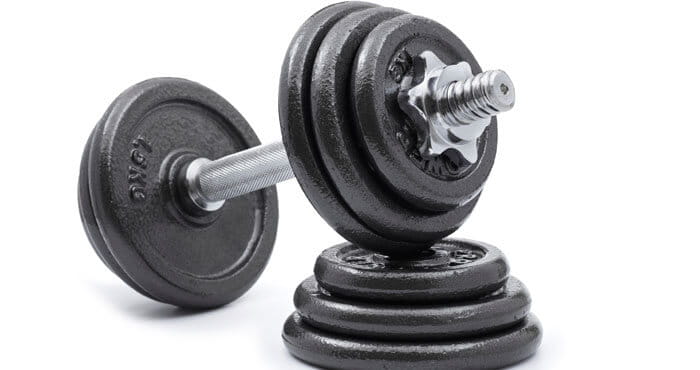Best Exercises for Urinary Health

Urinary incontinence is a common problem that can affect people of all ages. The good news is that you can reduce the amount of urinary leakage you experience with some simple exercises you can do at home. These activities strengthen a group of muscles that support the bladder, large intestine and, in women, the uterus, which are collectively referred to as the pelvic floor.
This article outlines the steps for performing these exercises and provides additional tips for managing urinary incontinence.
Try These Pelvic Floor Exercises
Regularly performing pelvic floor exercises can make a significant difference in reducing or preventing urine leakage. Here are five that you can incorporate into your routine:
Kegel Exercises
Kegels are a crucial component of pelvic floor training. These exercises are simple yet powerful in addressing incontinence. To understand which muscles to focus on, imagine you're trying to stop the flow of urine or hold back gas.
Contract these muscles, holding for five seconds. Then, relax for five seconds. Repeat this process 10 to 15 times for three sets daily.
Consistency is key. People who do Kegels regularly often notice improvements within four to six weeks. These exercises are beneficial for men and women and can be especially valuable as we age or after pregnancy, childbirth or specific surgeries.
Bridge Pose
While strengthening your pelvic floor, this exercise also benefits your glutes and core.
Lie on your back with your knees bent and feet flat on the floor, hip-width apart. As you raise your hips off the ground, engage your pelvic floor muscles, contracting them like you’re doing a Kegel. Hold this position for 10-15 seconds, then slowly lower your hips back down. Do three sets of 10-15 repetitions.
Squats
Squats are a common strength-building exercise that can also be adapted to benefit your pelvic floor.
Stand with your feet shoulder-width apart. Lower your body as if sitting in a chair and consciously contract your pelvic floor muscles as you do. Keep contracting them as you push back up to the starting position. Perform three sets of 10-15 repetitions.
Pelvic Tilts
This exercise helps improve pelvic mobility and awareness of your core and pelvic floor.
Lie on your back with your knees bent and feet flat on the floor. Tighten your abdominal muscles and gently press your lower back into the floor, tilting your pelvis slightly upward. Hold briefly, then release. Repeat this action 10-15 times.
Bird Dogs
This exercise is excellent for strengthening and stabilizing your core, which indirectly supports pelvic floor function.
Start on your hands and knees, with your hands directly under your shoulders and your knees under your hips. Extend your left leg straight back while simultaneously reaching your right arm forward. Keep your core tight and your back flat. Hold for a few seconds, then return to the starting position and repeat with the opposite arm and leg. Do two or three sets of 10 repetitions on each side.
Other Tips for Reducing Incontinence
In addition to using the exercises above, you can reduce leaks by making specific lifestyle changes.
- Quit smoking
- Avoid heavy lifting
- Maintain healthy weight
- Prevent constipation
- Limit bladder irritants
- Stay well-hydrated
If you smoke, you should quit, as smoking can irritate the bladder, and coughing puts pressure on the pelvic floor. Heavy lifting also strains the pelvic floor, so you should avoid it.
Achieving and maintaining a healthy weight can reduce the pressure on your bladder and pelvic floor, which is beneficial. So is avoiding constipation, as straining can weaken the pelvic floor.
Caffeine, alcohol and spicy and acidic foods can irritate the bladder, so you should consume them in moderation, if at all. Finally, you should stay hydrated. That may seem counterintuitive, but being dehydrated causes your urine to become concentrated, which can irritate your bladder.
Be Proactive With Exercises to Reduce Incontinence
Regularly doing Kegels and other pelvic floor exercises can help reduce incontinence. It’s also advisable to talk with your healthcare provider if you experience incontinence. They can conduct a physical exam and testing, if needed, to determine the cause and recommend treatment if appropriate.
You can use our online provider directory to find a Baptist Health provider if you don’t have one.
Next Steps and Useful Resources:
Learn More About Urology Services
Is Drinking Water Good for Your Urinary System?
Why UTI Is a Frequent Misdiagnosis
When to See a Urologist
What Does A Urologist Do?



